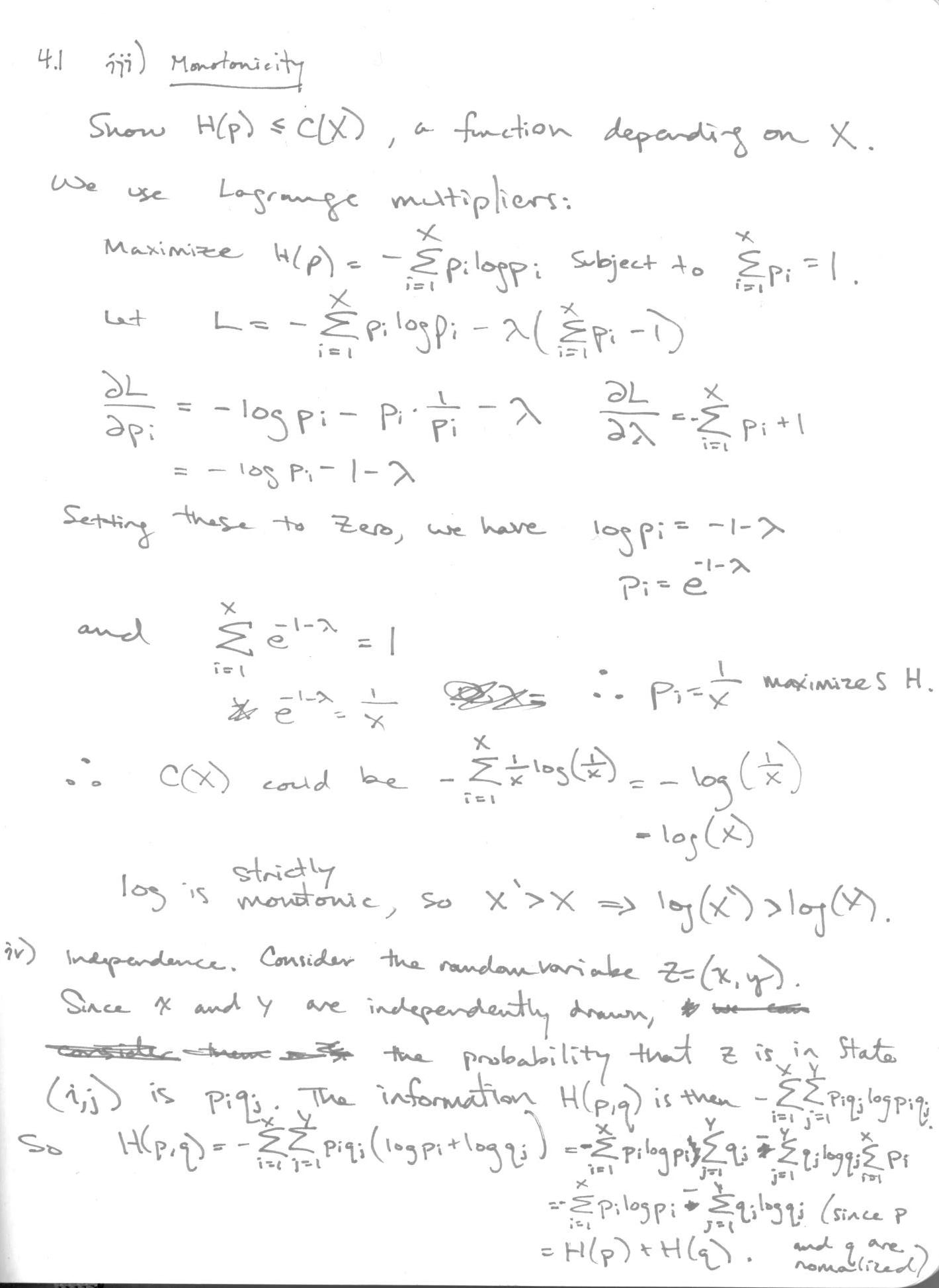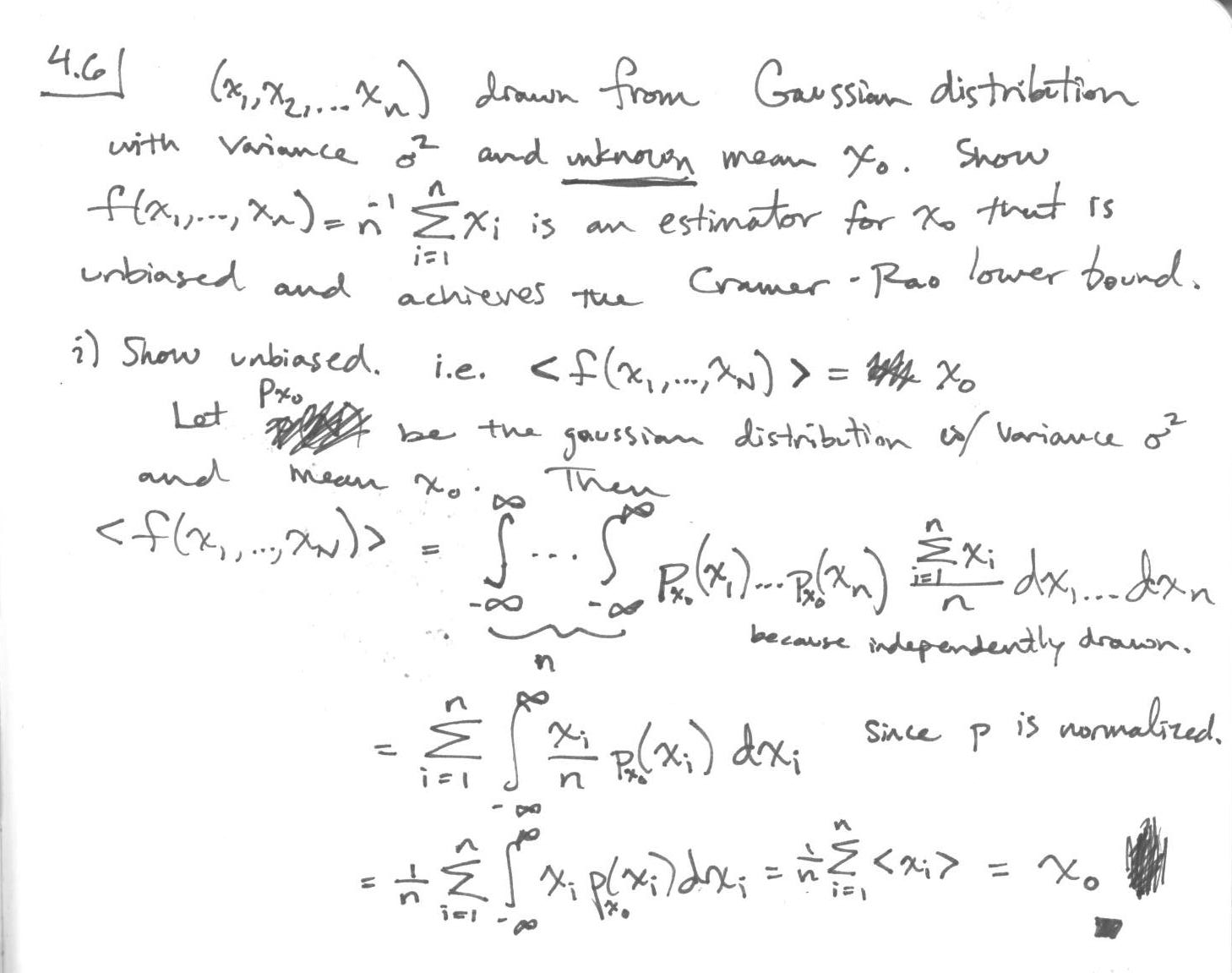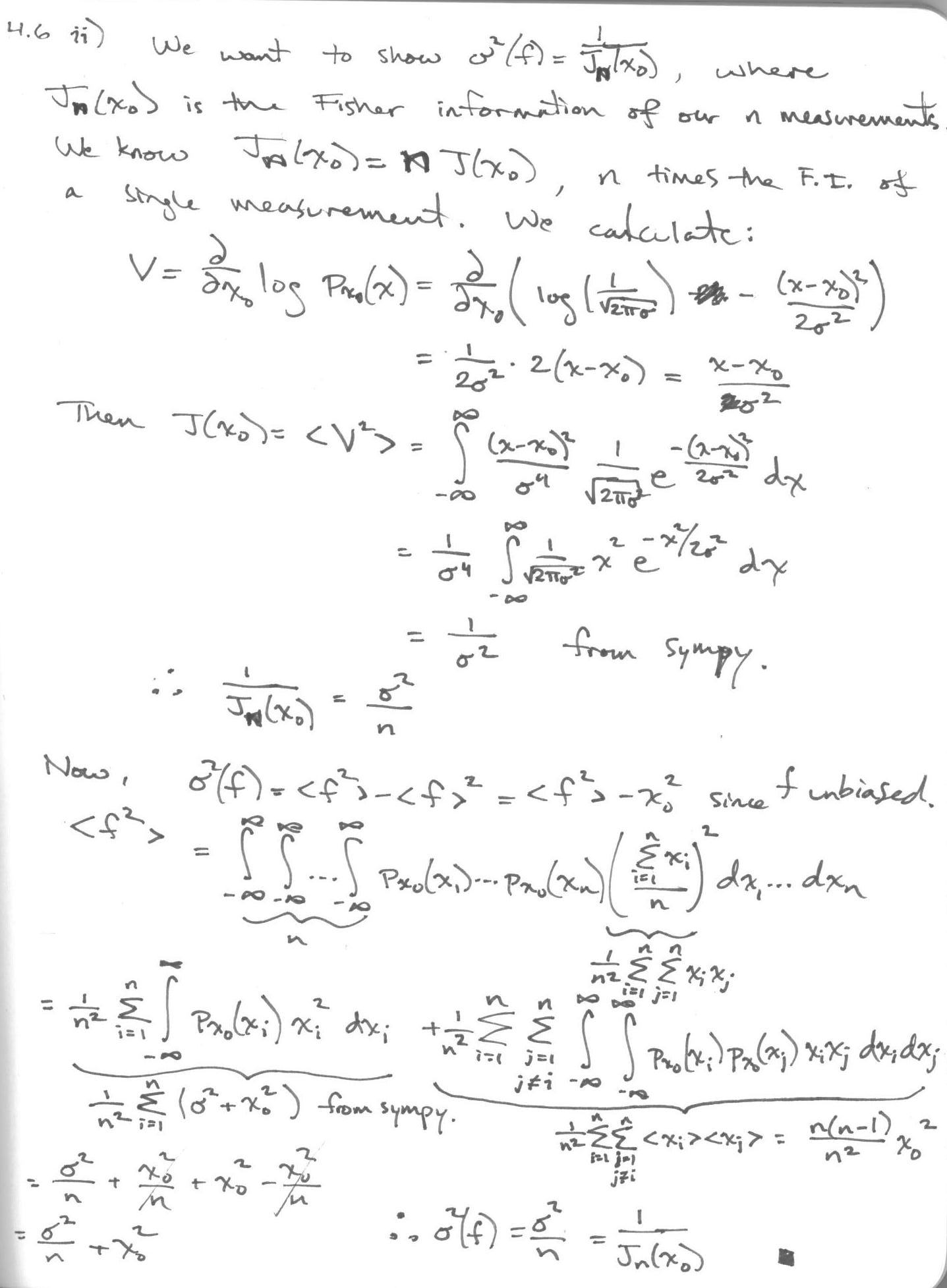In [19]:
from numpy import *
%pylab inline
import subprocess
P1¶


P2¶

P3¶

In [8]:
eps = linspace(0,1,100)
plot(eps, eps**3 + 3*eps**2 * (1-eps))
plot(eps, 3*eps**2)
ylim([0,1])
Out[8]:
P4¶

P5¶

In [76]:
from math import log
def c(snr,df,approx=False):
#snr: signal power to noise power ratio, decibels
#df: bandwidth
#whether to approximate, only good for large snr
if approx:
return df*( snr/10./log(2,10) - log(df,2) )
else:
return df*log(1.+( 10**(snr/10.) )/df , 2)
print "The channel capacity of a standard phone line is %.2f bits per second."%c(20.,3300.)
new_snr = 1e6
print "With a SNR of %.1e dB, the channel capacity would be %.3f Gbits per second."%(new_snr,c(new_snr,3300.,approx=True)*1.e-9)
P6¶


In [18]:
import sympy as sym
x = sym.Symbol('x')
x0 = sym.Symbol('x0')
s = sym.Symbol('s',positive=True)
def p(x0,x,s):
return 1/sym.sqrt(2*sym.pi*s**2)*sym.exp(-(x-x0)**2/(2*s**2) )
print sym.simplify( sym.integrate( p(x0,x,s) * (x-x0)**2, (x, -sym.oo, sym.oo) ) )
print sym.simplify( sym.integrate( p(x0,x,s) * x**2, (x, -sym.oo, sym.oo) ) )
In [ ]: